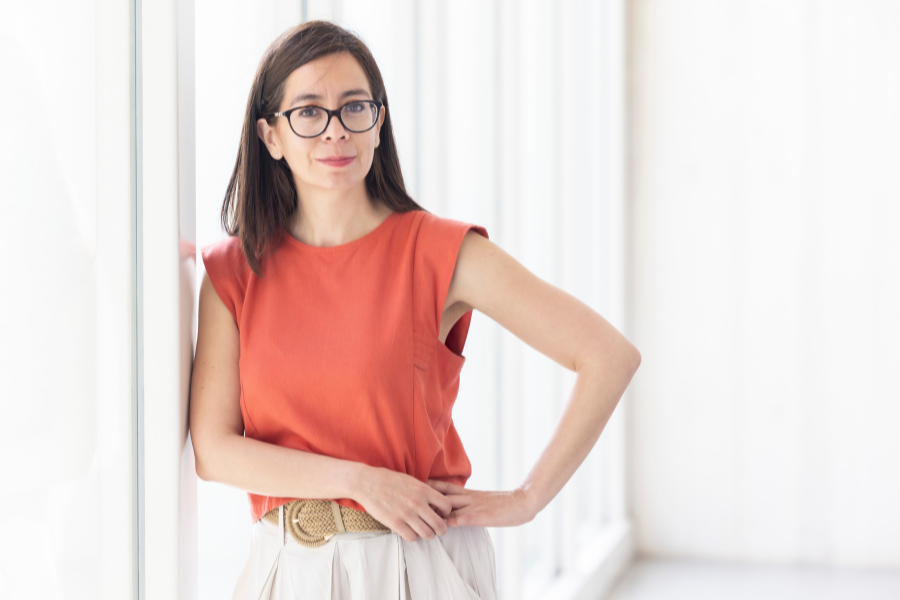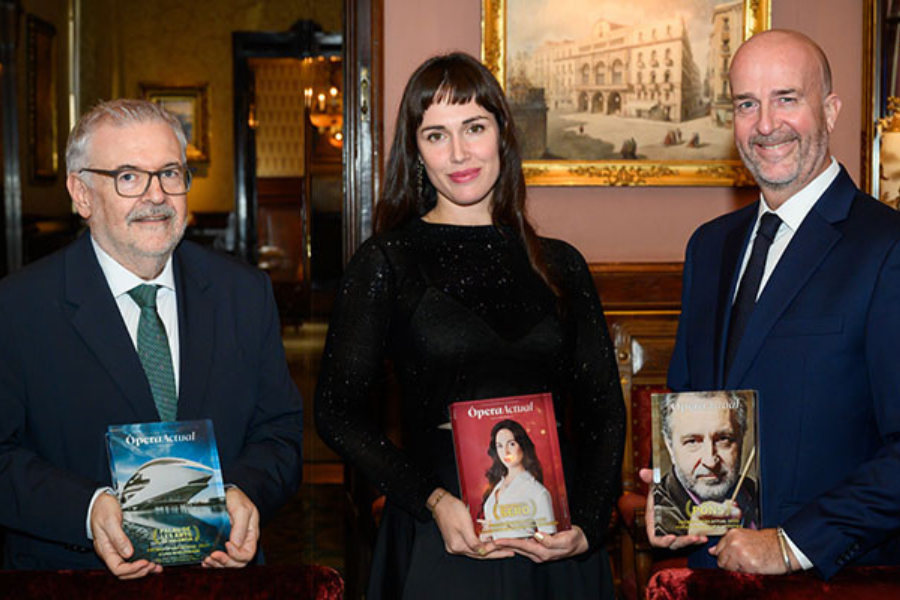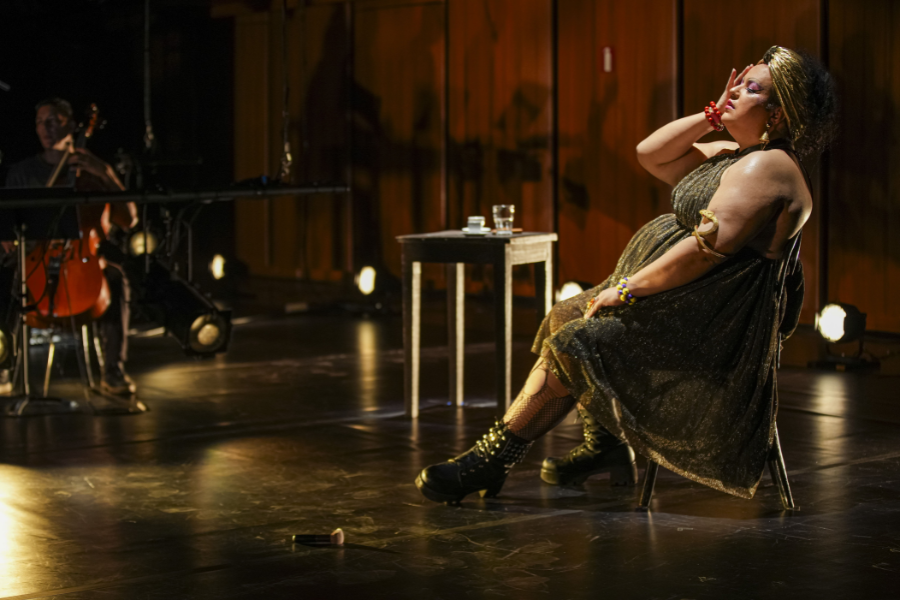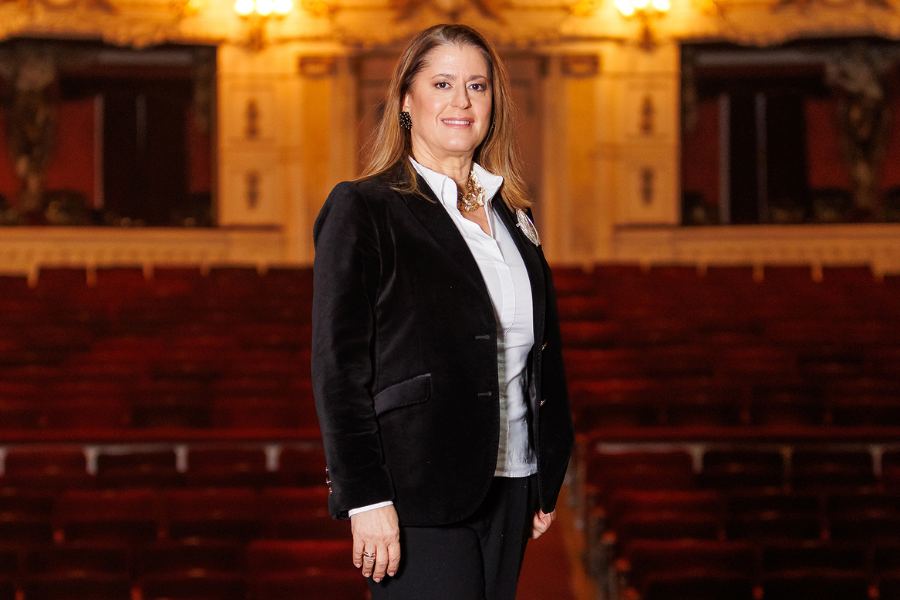Creación y derechos culturales: círculo virtuoso entre teatros y público | Columna de opinión en revista «Ópera Actual»

En una nueva columna para la última edición de la revista Ópera Actual, la directora ejecutiva de Ópera Latinoamérica (OLA), Paulina Ricciardi, aborda casos concretos que evidencian cómo los teatros son espacios de comunidad y agentes de cambio que generan una mayor cohesión social. A partir de iniciativas impulsadas en el Theatro Municipal de São Paulo (Brasil) o el Centro Nacional de las Artes Delia Zapata Olivella y el Teatro Colón de Bogotá (Colombia), explora el círculo virtuoso entre organizaciones culturales y los públicos para el ejercicio de los derechos culturales. “La razón de estos programas no es formar músicos o técnicos, como podría pensarse, sino otorgar a las personas participantes la oportunidad de disfrutar del arte, fomentar la creatividad y formar parte de una comunidad, en un círculo virtuoso que, a su vez, desarrolla público para los teatros”, explica en su columna.
La pregunta por el rol de las organizaciones culturales genera un debate entre quienes consideran que la principal misión de los teatros es producir obras artísticas de calidad y quienes, por otro lado, los ven como agentes sociales que deben aportar al entorno en el que se encuentran. Al centro de esta discusión surge el concepto de derechos culturales, que desde la década de 1970 viene tomando fuerza en Europa y Latinoamérica.
El pasado 23 de abril se realizó en el Auditorio de Tenerife el encuentro de la Red de Organizadores de Conciertos Educativos (ROCE), titulado ¿Tenemos un plan y ahora qué? La música como derecho cultural. Desde Ópera Latinoamérica (OLA) dimos a conocer iniciativas concretas que evidencian el argumento que venimos desarrollando desde hace unos años: los teatros son espacios de comunidad y agentes de cambio que generan una mayor cohesión social en nuestros países. Son auténticos laboratorios de innovación que aportan a los cambios acelerados que estamos viviendo y fomentan habilidades fundamentales para el desarrollo de las personas en una sociedad democrática, como el pensamiento crítico, la autonomía, la creatividad y el trabajo en equipo.
El Theatro Municipal de São Paulo (Brasil), por ejemplo, cuenta con el Programa de Jóvenes Creadores, Investigadores y Monitores, que tiene como objetivo fomentar la experimentación de habilidades y oficios en la formación de jóvenes, a través del trabajo con equipos de especialistas, técnicos y artistas del teatro, con el fin de orientar y facilitar su inserción en el mercado de trabajo.
Otro caso es el del Centro Nacional de las Artes Delia Zapata Olivella y el Teatro Colón de Bogotá (Colombia), que impulsan el programa Juntanza Cultural para fortalecer a la comunidad a través del diálogo y la participación activa. Enfocado en la población negra, afrocolombiana, raizal y palenquera, el programa promueve la articulación de iniciativas culturales y la consolidación de redes de colaboración.
La razón de estos programas no es formar músicos o técnicos, como podría pensarse, sino otorgar a las personas participantes la oportunidad de disfrutar del arte, fomentar la creatividad y formar parte de una comunidad, en un círculo virtuoso que, a su vez, desarrolla público para los teatros. Incluso, la ópera genera herramientas de resistencia contra la superficialidad, la inmediatez y el individualismo que caracterizan nuestros tiempos actuales.
Las palabras clave de estos casos particulares son cocreación y sinergia entre públicos y teatros, tanto en la creación artística como en otros proyectos de las entidades, en procesos que dan acceso a la cultura, fortalecen el sentido de pertenencia en una comunidad y fomentan la creatividad en las personas. En suma, este círculo virtuoso entre teatros y públicos es el que hace efectivo el ejercicio de los derechos culturales.





